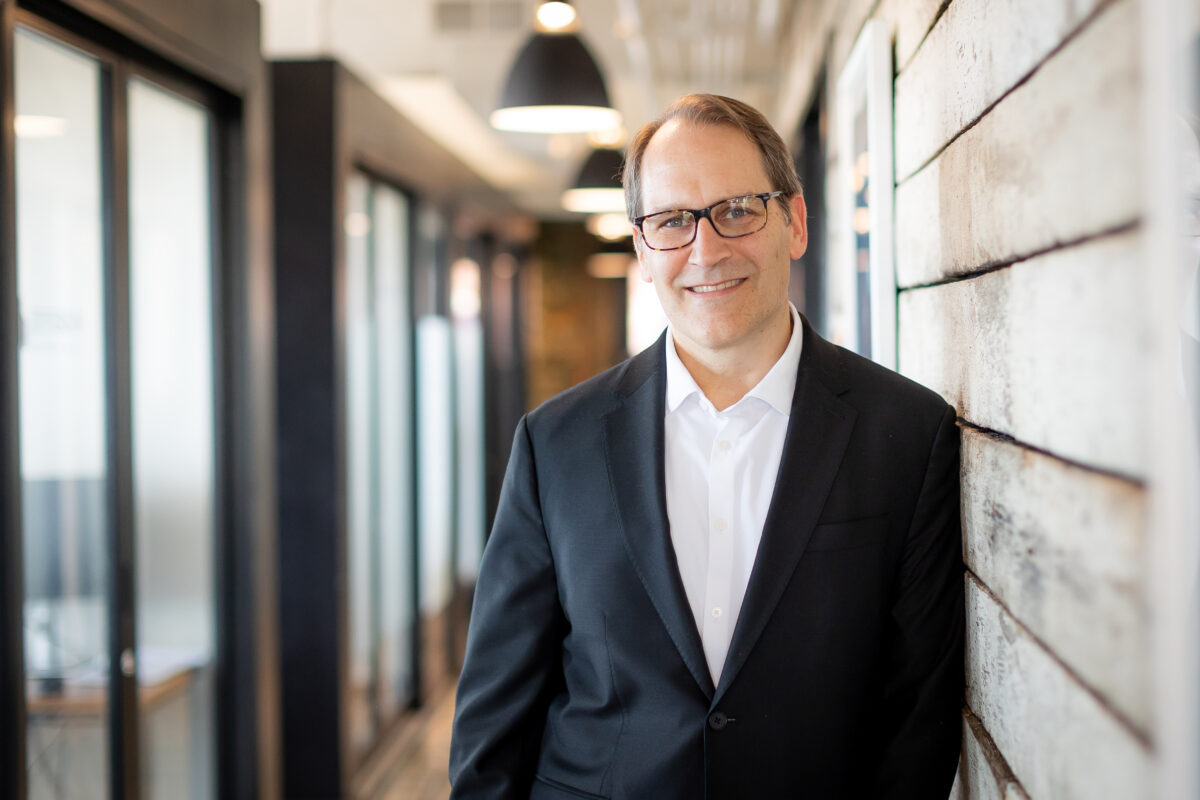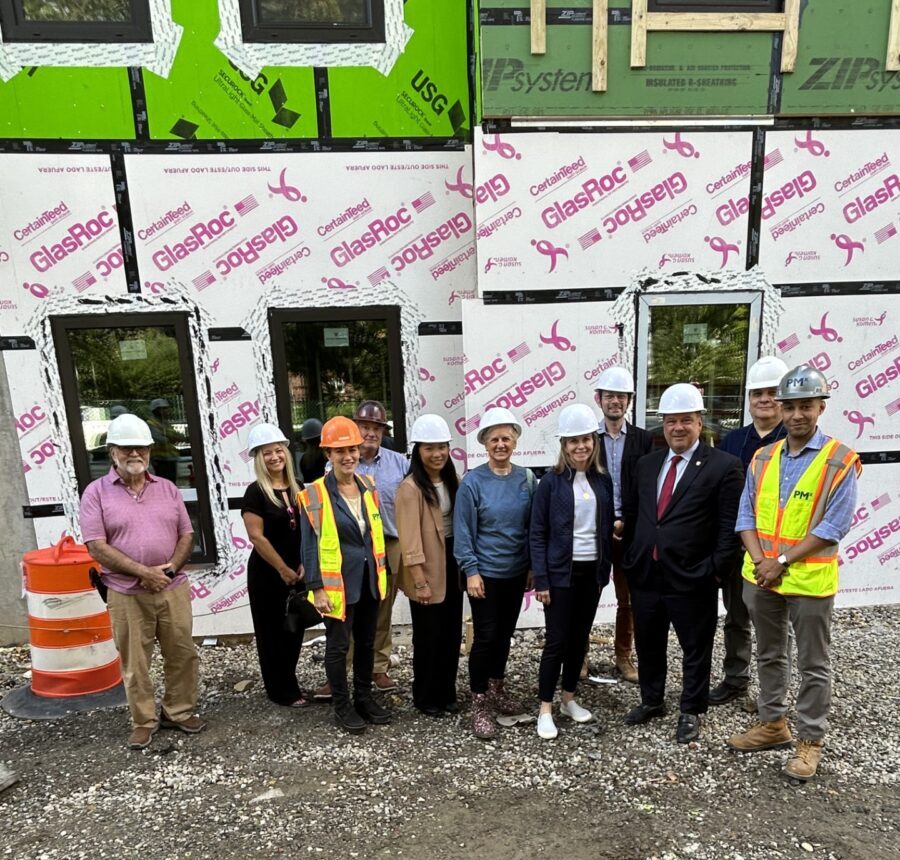
On July 1, Dr. E. Anders Kolb took the reins as president and CEO of the Leukemia & Lymphoma Society (LLS), succeeding Dr. Louis J. DeGennaro, who led the Rye Brook-based organization since 2014.

LLS is a $500 million organization focused on curing leukemia, lymphoma, Hodgkin’s disease and myeloma while improving the quality of life for blood cancer patients and their families. Nonprofit management was a new responsibility for Kolb, who previously served as chief of the Division of Hematology and Oncology of Nemours Children’s Health, Delaware Valley, as director of the Moseley Foundation Institute for Cancer and Blood Disorders, and as vice chairman for research in the Department of Pediatrics at the Sidney Kimmel Medical College at Thomas Jefferson University in Philadelphia.
In an interview with the Business Journal, Kolb discussed his new role and his plans for LLS.
What attracted you to taking the leadership position at LLS?
I’ve been a volunteer for LLS for 17 years. My wife was diagnosed with a follicular lymphoma back in 2007, and with that I started to get involved with the local chapter board. I served as a volunteer and participated in many of the campaigns. I’m also a pediatric oncologist, so I’ve seen firsthand the benefit of LLS research, personally and professionally.
About five years ago, when LLS started thinking about making a greater investment in pediatrics, I had the privilege of chairing what was initially the Children’s Initiative and is now called the Dare to Dream project – I was co-chairing that with Gwen Nichols, who’s the chief medical officer. I have worked very closely with Gwen and with the entire team focused on the Dare to Dream project, and I have seen what tremendous talent and dedication and resources the organization had.
When LLS reached out to me to see if I’d be interested in the position, I jumped at the opportunity. And as a pediatrician, I was very excited that they were interested in having a pediatrician run the organization – I think it says a lot about how they value research and progress in pediatric cancer.
In addition to your work at LLS, you’re still continuing to see patients at the Nemours Children’s Health. Why are you doing double-duty?
For me, patients have always been the grounding force – they provide perspective and inspiration around the problems that we face. Staying connected to patients and families is what motivates me, it’s what drives me to do better. And it’s what keeps me focused. I can’t imagine working without doing that.
You became CEO at LLS in May. What have your first few months at the helm been like?
It’s been quite a transition going from academic medicine to running a large organization – it requires tremendous amount of learning. But that has been exciting, and I’ve got to meet a lot of new people that are phenomenally talented and very dedicated to improving the lives of patients with blood cancer. For me, that’s just been a thrill.
One of the main goals of nonprofits is fundraising. But we’re in a bit of an interesting time economically and many people are feeling a financial pinch. What are your strategies to encourage fundraising in this difficult economy?
We talk a lot about the financial headwinds coming out of the pandemic. And now we’re entering – or maybe we’re in – a recession. Organizations have to adapt, and they need to be responsive to these external forces.
There are patients who are absolutely dependent on what we do every day. So, we need to grow our organization despite these financial headwinds, and we need to continue to push the mission. I’ve been asked what my strategy is and I said that our strategy is to diversify revenue, to develop technologies that allow good people to be great and great people to be amazing, and to continue to keep the focus on what our primary mission is – that is, to improve the lives of patients with blood cancers.
What is the state of blood cancer research? How close are we coming to a breakthrough?
We see breakthroughs every day. The pace of new drug approvals has increased over the last few years, and it’s just it’s an amazing time to be in the field to watch all this progress.
About a month ago, the New York Times published an article saying that we are at a golden age of medicine. We’re in an era of drug design where we can modify cells and proteins and have them do what we want to kill cancer cells.
It is a very fast moving very exciting time to be part of the health care research community. I think the challenge that we face now is that we are creating therapies that are very expensive and very difficult to give. We’ve got to be very careful as we are seeing these tremendous advances that we’re not accentuating health disparities by not making these therapies attainable by all patients with blood cancers. That’s one of the biggest challenges that we’re going to face in the coming years.
If we were to pick up this conversation a year from now, where do you see yourself and LLS?
Great question. I would like to see that LLS is able to diversify its revenue and that we’re able to increase revenue by engaging new philanthropists engaging new strategies to identify donors. I’d like to see that we’re able to grow our mission to be able to support more innovative research, and grow our equity and access research program which is focused on identifying and developing systems to resolve health disparities.
And I’d like to see that our organization, our associates, our staff are happy and love working here.


















